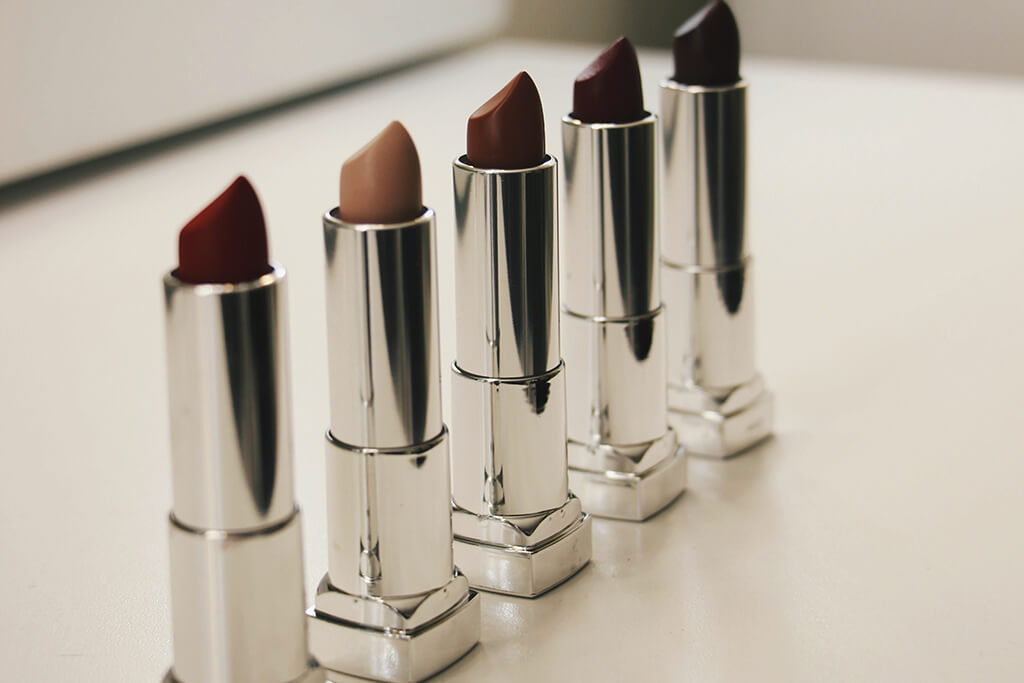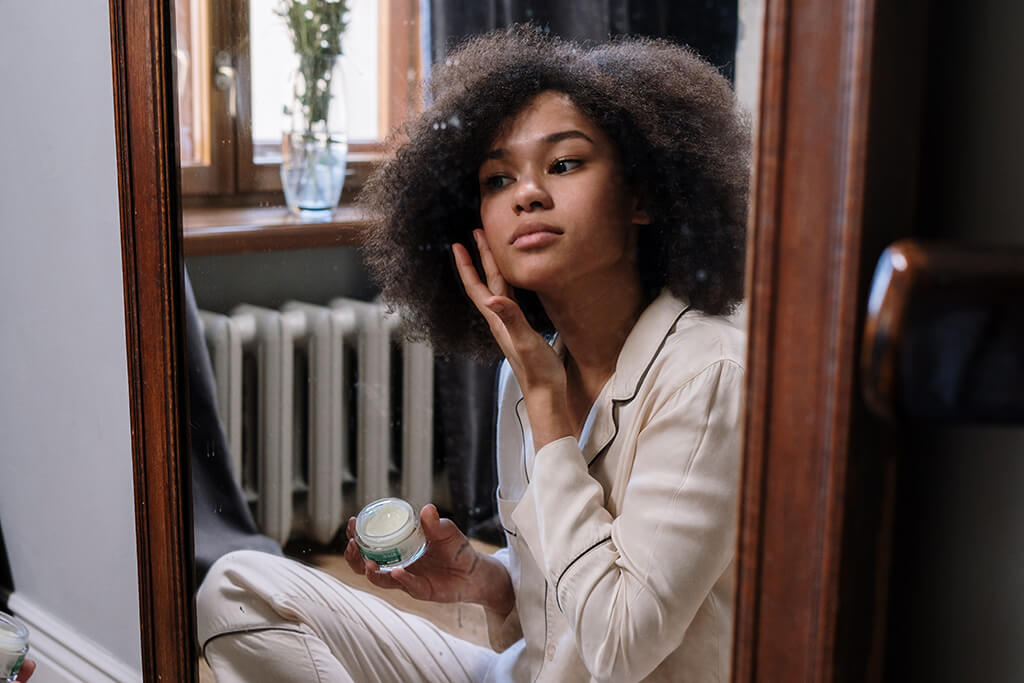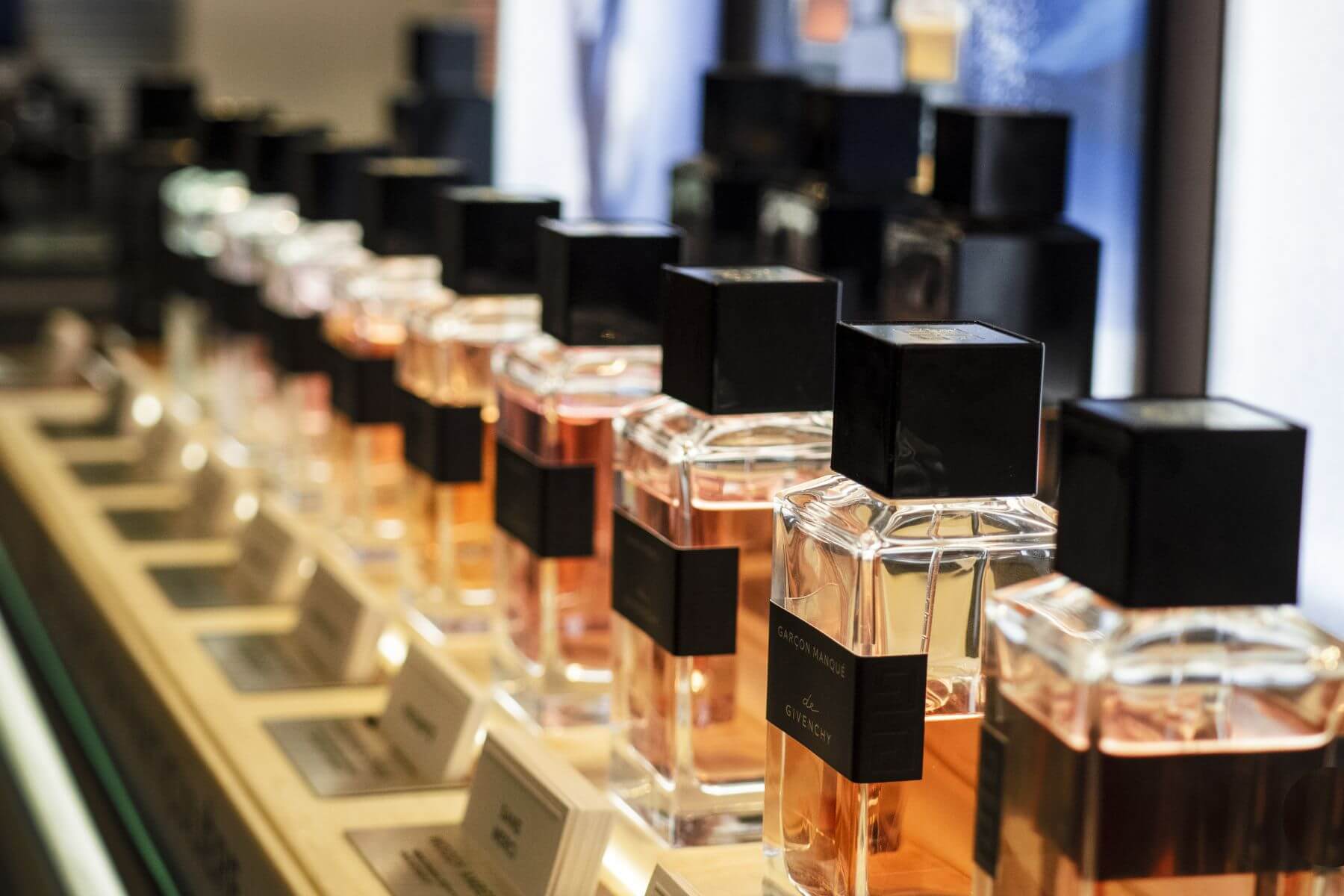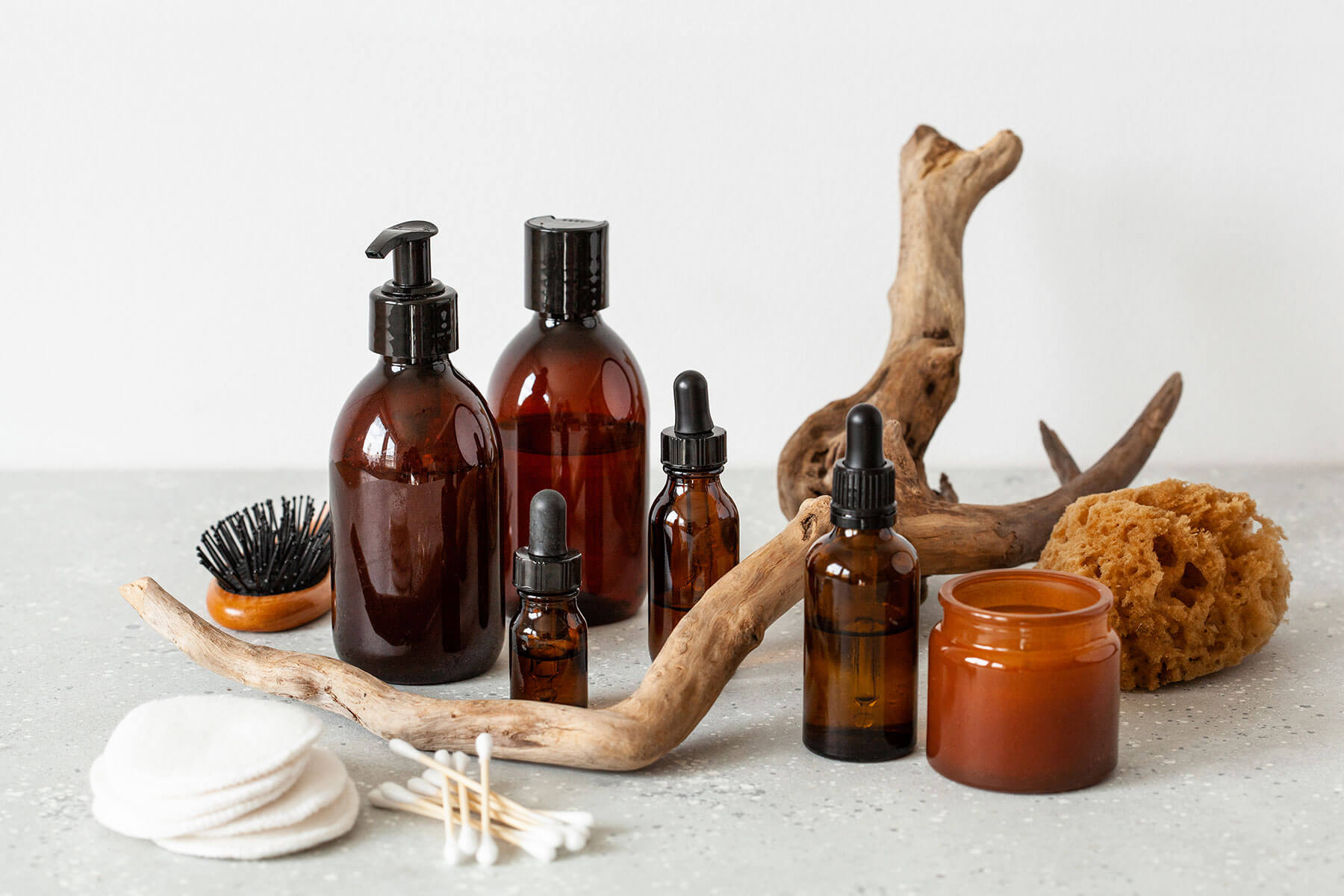Beauty queries are soaring. For specialist skincare ingredients alone, there have been as many as 90 million Google searches in a year. That’s just one area of the vast beauty industry. Imagine, then, how large the search landscape truly is in the world of beauty, when you start counting makeup tutorials, hairstyling techniques and bodycare advice – to name but a few.
The fact is, the search opportunity for beauty is overwhelmingly high, with consumers tracking down new products or how-to content at an alarming rate. It’s no wonder, then, that search engines drive 10 times more traffic to shopping sites than social media. But how does an SEO strategy really help brands win the digital shelf?
Beauty SEO Statistics to Know
Before we delve into the details on SEO’s benefits for eCommerce, let’s look at statistics around its impact on the beauty industry as a whole.
Here’s what we know:
- 22% of beauty searches are now branded and, according to Google and Spate, there has been a 20% growth in branded searches YoY.
- 87% of 18-to 24-year-old women used their phones to search for health and beauty how-to content in the past three months.
- 81% of people perform some type of online research before making a purchase.
- More than 535,000 people have searched for lipsticks and lipglosses in over 535,000 ways in the past two years.
- Mobile searches for anti-aging creams and moisturizers “reviews” have grown over 105% in the past two years.
- In 2019, the top three branded beauty queries included ‘Jeffree Starr’, ‘ghd Oracle’ and ‘ghd Glide’.
- Since lockdown began, DIY treatments have reigned in beauty queries, with searches for ‘How to cut men’s hair’, ‘How to cut your own hair’ and ‘How to fade hair’ increasing at an exponential rate.
With such statistics, it’s easy to see why brands like Glossier and Fenty have developed solid SEO strategies – and how those strategies are helping them reap revenue-boosting rewards. By making SEO a priority, brands are better able to reach those searching consumers and – what’s more – often those optimisations can bring bonus benefits to the digital shelf.
1. Increasing Visibility
This is, perhaps, the most obvious way SEO benefits beauty brands. Implemented correctly, marketers should see an increase in rankings that will boost brand visibility. However, landing those coveted page one results requires extensive keyword research, so you can tactically plan which keywords to target, then map them to the correct page.
High Volume Keywords
These are your highly-searched, highly-competitive keywords, covering non-branded beauty topics, such as ‘vitamin C serum’ and ‘how to contour’. They garner an average of 22,000 and 5,000 searches in the UK per month respectively, making them big traffic-drivers for brands who win the number one spot on Google. Where possible, marketers should map these keywords to the relevant product pages, blog articles (for how-to or trend content) or category pages, making sure they don’t target the same keyword on a series of pages. Doing so can result in ‘keyword cannibalisation’, where Google isn’t sure which page to rank for the term, so ends up using none at all.
Long-Tail Keywords
Though long-tail keywords tend to have a lower search volume than generic beauty queries, they’re also said to have a higher conversion rate, because they’re more specific. For example, there aren’t many searches for ‘vitamin C serum with niacinamide’, but a user typing that into Google appears more sure of what they want versus someone searching ‘vitamin C serum’. These keywords form an important part of an SEO strategy, designed to be combined with more competitive queries for a holistic approach.

2. Elevating Content
It goes without saying that content is the cornerstone of SEO excellence. Through copy, brands should target keywords in a way that feels seamless and improves the user journey. In fact, when you optimise content for search, you tend to improve the overall quality, too. This is how…
Expanding Copy
Brands must expand copy to indicate to Google they’re the expert on the topic. Upping the word count also forces marketers to provide more complete descriptions of their products. Look to Glossier for inspiration, where copy for their Milky Jelly Cleanser goes beyond a short blurb, giving users detailed advice on how to use the product and the key ingredients at play.
Internal Linking
Adding internal linking raises the authority of the linked page, but it also makes it easier for users to navigate brand.com. Ensure related products, blog articles and categories are linked with the keyword as the anchor text. For example, in the sentence ‘Read more about treating acne with our expert-approved guide’, the keyword ‘treating acne’ would be linking to a relevant article.
Creating Blogs
Speaking of relevant articles, blogs prove a vital part of any SEO strategy. It’s said that marketers who prioritise blogging see 13 times the ROI of businesses that don’t. However, blog content isn’t just an SEO tool; it also builds brand trust by offering an educational platform to consumers who are unsure how to use the products. According to Cult Beauty, searches for ‘What is witch hazel good for?’ and ‘What does Benzoyl Peroxide do?’ are proving popular this year, and a brand.com blog is the perfect place to answer such queries.

3. Improving Technical Performance
Of course, without a strong technical foundation, even the best-optimised content will struggle to rank. That’s why brands should carry out regular technical audits, and expedite necessary fixes. These audits look for broken links, slow page load speeds and usability on mobile – all things that also make the user journey more enjoyable.
4. Boosting eTail Rankings
While some eTail sites offer limited SEO capabilities for brands, others will reward optimised content with higher rankings on their internal search engines. How this is done is unique to each eTailer, which is why it’s crucial for brands to ask about algorithms that may impact their place on the digital shelf. It might be that they prioritise those with longer copy or higher keyword density. Either way, having this insight will ensure it’s not just brand.com pages that are receiving that influx of traffic.
Looking for more ways brands can improve their digital shelf performances? Read all about the importance of images for beauty brands and what we can learn from beauty digital disruptors.




